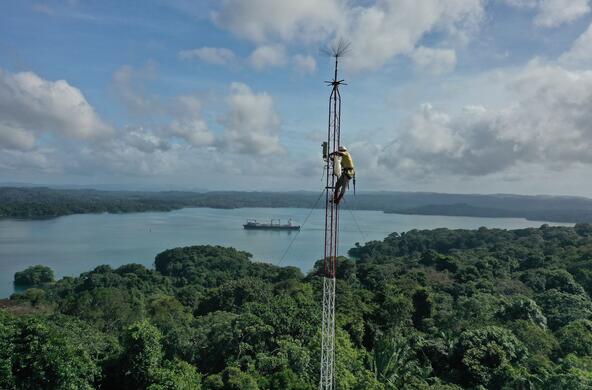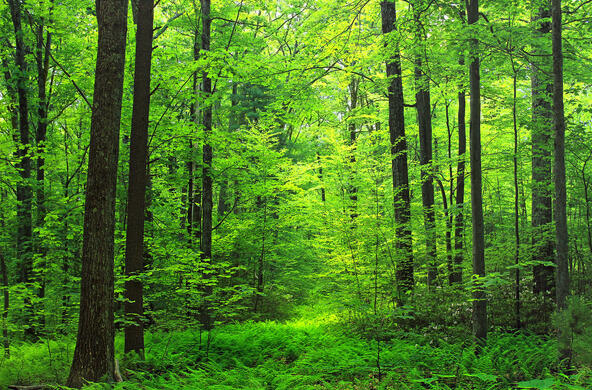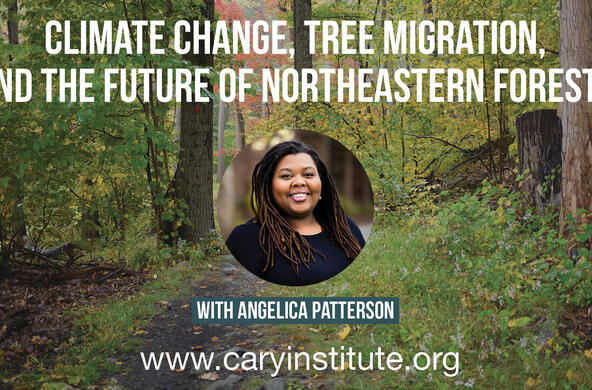In the mid-1800s, a German biologist, Carl Bergmann noticed a tendency for the individuals of bird and mammal species to be larger at higher latitudes, and he postulated that this reduced the surface-area to body volume and thus conserved heat among warm-blooded species. This “rule” has widespread acceptance and has become known as Bergman’s law.
Bergman’s law may also apply to global warming—a mechanism selecting for smaller average size among organisms. Recently Laura Bosco and her coworkers have described decreases in the body size of wintering birds in Europe in the face of higher wintertime temperatures. Cold winters made Bergman’s law more compelling, as a lower surface-area-to volume ratio made survival of larger warm-blooded species more likely. Now, as winters warm, that selection pressure is reduced.
Changes in the size of individuals can also result from human activities. For deer, moose and bear, a trend toward smaller individuals may be due to greater hunting pressures—the quest for the trophy specimen—that has consistently removed the largest individuals from the population to hang on the hunting lodge wall. There is some indication that consistent removal of the largest individuals has affected the average size of some horned animals of Africa.
Removals of the largest individuals has also driven marine fishes to smaller, average size. Fishermen pursue the largest individuals for economy of effort and often throw back the smaller, young individuals to rejuvenate the stock. Removal of large predators, often the most desirable table-fish, has caused the average size of individuals in the total catch to decline, as smaller prey species increase in relative number.
All told, as a result of hunting pressure, intensive fishing, and warmer temperatures, we can expect the average size of most animals to decline. Only humans may be the exception.
References
Bosco, L., A. Otterbeck, T. Fransson, A. Linden, M. Piha and A. Lehikoinen. 2023. Increasing winter temperatures explain body size decrease in winter bird populations of northern Europe—but response patterns vary along the spatioclimatic gradient. Global Ecology and Biogeography doi: 10.1111/geb.13754
Coltman, W.W., P. O’Donoghue, J.T. Jorgenson, J.T. Hogg, C. Strobeck, and M. Festa-Blanchet. 2003. Undesirable evolutionary consequences of trophy hunting. Nature 426: 655-658.
Crosmary, W.G., A. Loveridge, N.H. Ndaimani, S. Lebel, V. Booth, S.D. Cote and H. Fritz. 2013. Trophy hunting in Africa: Long-term trends in antelope horn size. Animal Conservation 16: 648-660.
Martins, I.S. and 24 others. 2023. Widespread shifts in body size within populations and assemblages. Science 3831: 10677-1071.
Sand, H.K., G.R. Cederlund, and K. Danell. 1995. Geographic and latitudinal variation in growth patterns and adult body size of Swedish moose (Alces alces). Oecologia 102: 433-442.







